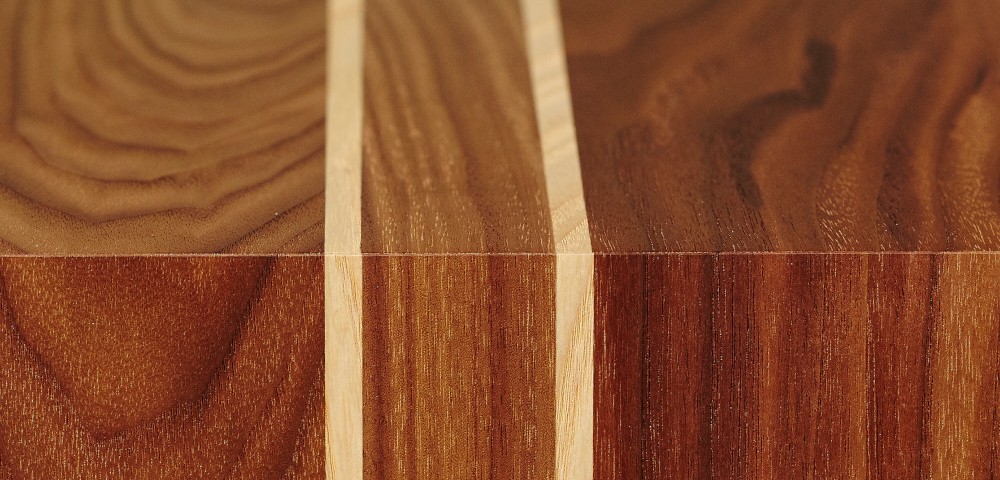Walnut Furniture throughout the Centuries
At Beveledge we use only the finest hardwoods from sustainable sources to create our furniture and accessories. One of our favourite woods to work with is walnut. One of the reasons for this is the uniqueness of its rich colour and the complexity of its pattern. Interestingly, it’s the wood that comes from the base of the trunk of the walnut tree that produces the most complex grain.
These rich colours of walnut first became fashionable across Europe and then in Ireland, in the late 17th century. Up until then, Oak was considered to be the hallmark of the best quality furniture.
This walnut vogue only lasted for about 50 years. In the early 1700’s, mahogany from Central America replaced it as furniture makers favoured wood across Europe. At that time, most of Europe’s walnut supply came from the French Savoie region. In 1709, there was a particularly savage winter and about two-thirds of all the mature walnut trees in Northern Europe died. Apparently a temperature of -20C to -25C kills this species. In 1720, alarmed by the rapid disappearance of their prized walnut trees, the French banned all export of the wood and hence furniture makers across Europe were forced to substitute with mahogany.
Throughout the centuries that followed, walnut came in and out of trend several times and there is no doubt that it is currently the wood of choice for stylish interiors across Ireland.
This is good news for growers of walnut plantations and all the evidence is that these plantations are now thriving. Grey squirrels in England have taken to stealing the nuts, burying them, and hence, creating new walnut woodlands.
The tree is said to grow to 25 to 35 metres with a trunk two metres in diameter in 60 years. All this time you get an annual supply of nuts and then a valuable tree for timber. With this double harvest, walnut plantations are being advocated as a long-term investment – the wood being four times the value of oak.
All our wood comes only from sustainable plantations. Shop our handmade walnut furniture and accessories here.



